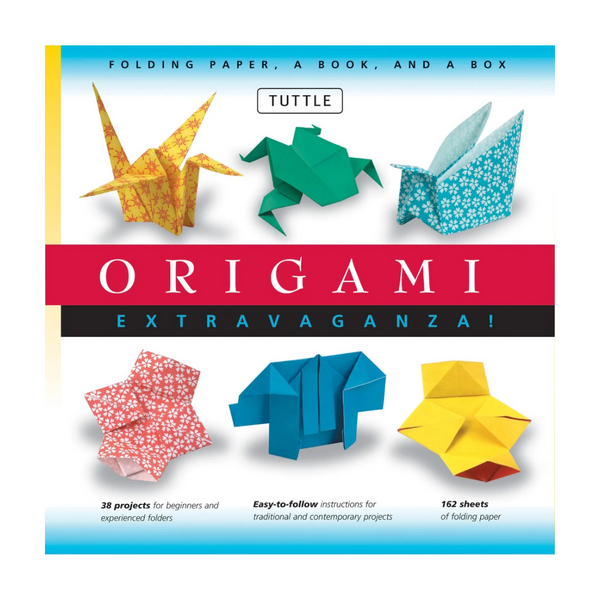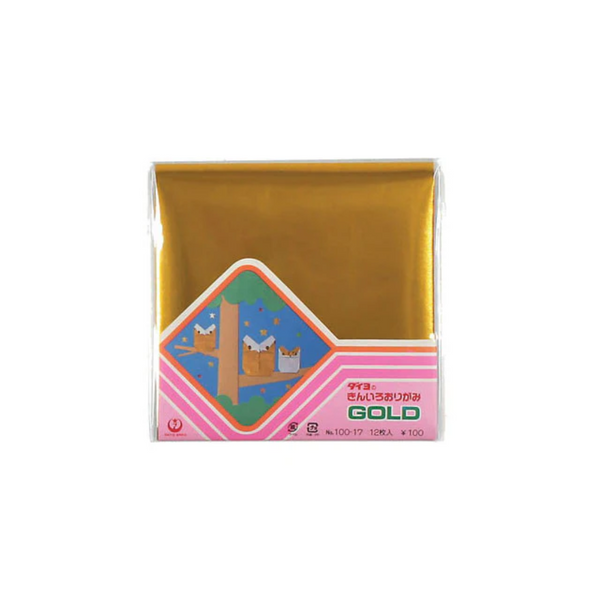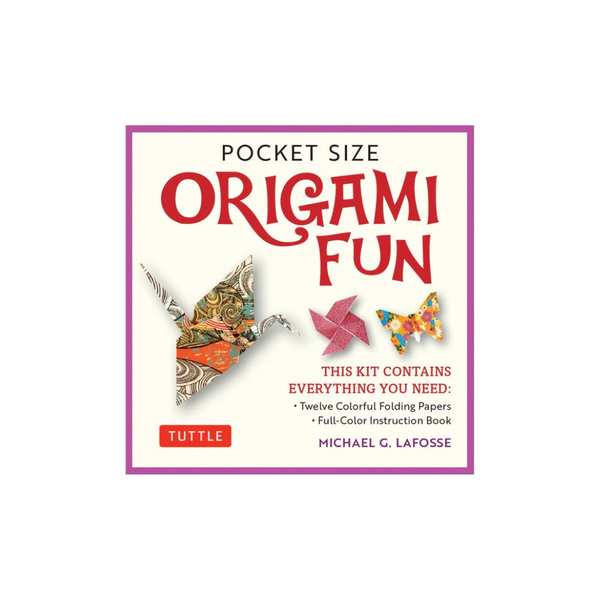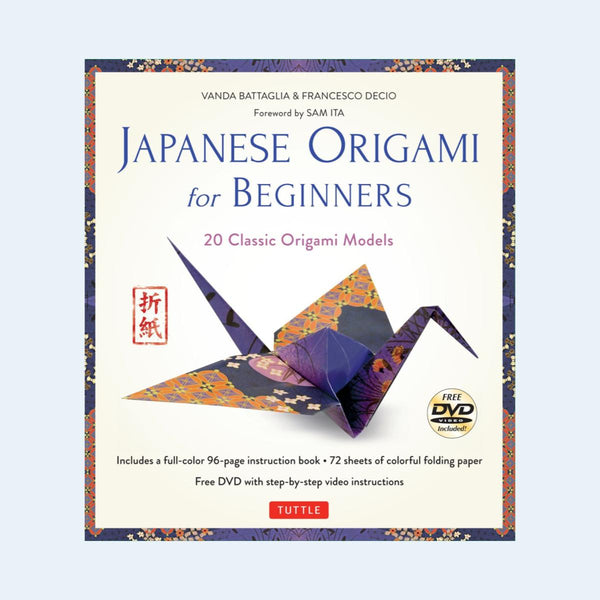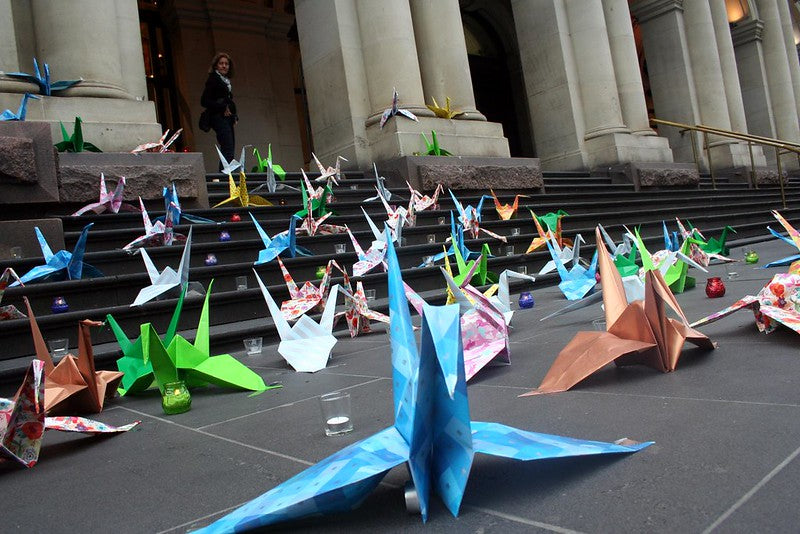
Know When to Fold ‘Em: 6 Things You Might Not Know About Origami
Happy Origami Day! Every Nov. 11 honors the art of Japanese paper folding. While you might want to celebrate by getting creative with some nice paper, you can also get to know the practice better with these six fun facts.
Origami came to Japan thanks to Buddhist monks
Back in the sixth century, Buddhist monks brought paper over from China to Japan. While origami became more widespread after that, both the Japanese and Chinese probably practiced paper folding before then (in Chinese it’s called zhezhi or “fold paper”). But because paper was once so expensive, it was limited to religious purposes.
Folding 1,000 paper cranes is believed to fulfill wishes

"A Thousand Paper Cranes," Michael Day (CC BY 2.0)
Senbazuru, or a thousand paper cranes, is a symbol of blessing, good fortune, or long life. You’ll often seen them hung in temples and memorials all over Japan.
The orizuru, or “folded crane,” in origami is perhaps the most popular design. In Japanese culture, the red-capped crane represents happiness and long life. In myth it’s said to live 1,000 years, hence the folding of an orizuru for each year. Since World War II, paper cranes have also become a symbol of peace and hope in Japan.
Origami societies abound all over the world
There’s OrigamiUSA (with its aptly named publication, The Fold), The British Origami Society, Origami Deutschland, and many more. And of course there’s the Japan Origami Academic Society, also called Tanteidan, which translates as “detectives,” perhaps with the idea of unfolding the mysteries and secrets of this complex and versatile art form.
It’s big in Spain too

"una pajarita de papel," manuel m. v. (CC BY 2.0)
In Europe, paper folding goes all the way back to at least the 12th century. The Moors had brought a geometry-based type of paper folding to Spain, which the Spanish developed into what they called papiroflexia, “paper flexing or folding,” or pajarita, which means “little bird.” Like the Japanese crane, the Spanish pajarita (which also means “bow tie”) is the symbol of origami in that country. The Spanish Origami Association is also called Parajita.
Why just fold when you can wet-fold?

"Bull," Emre Ayaroglu (CC BY 2.0)
The pioneering technique of “wet-folding” was invented by Akira Yoshizawa, an origami master who at one time was so poor, he sold preserved condiments door to door to earn money. Eventually his work would appear in magazines, museums, and chi chi shopping malls. Back in 2012, he was honored on his birthday with a Google Doodle.
So what is wet-folding? It involves dampening paper so that it can shaped and molded more easily. While regular origami features sharp lines and edges, the wet-folded type is smoother and rounder, and more akin to sculpture.
For some beautiful wet-folded designs, check out Vietnamese origami artist, Hoang Tien Quyet.
A special 3D folding technique is named for Chinese immigrants

In 1993, the Golden Venture, a ship carrying 286 undocumented passengers mostly from Fujian Province, ran aground in in Queens, New York. While 10 people drowned and many others were deported back to China, some remained fighting for their cases.

Detained for years in prisons across the U.S., some turned to art to channel their feelings and frustrations. With only the materials at their disposal — toilet paper, cardboard, homemade glue, felt tip pens, water, and dye made from tea — they created intricate and breathtaking symbols of home, imprisonment, and freedom. In 1997, the last of the Golden Venture passengers were released. From October 2017 through March 2018, the Museum of Chinese in America displayed 40 of these sculptures in their exhibition, FOLD: Golden Venture Paper Sculptures.

Named for the ordeal of these Chinese immigrants, Golden Venture folding involves “joining together hundreds of identically folded triangular units.” The way “the wedges of paper grip each other” minimizes the need for glue or other adhesive.
If you would like to learn more about paper in Asian culture, visit our posts on Chinese papercutting and origata, the art of Japanese gift wrap. You can also peruse our selection of origami paper.
[Lead image: "Peace Cranes on the GPO steps - Melbourne Vigil for Japan," Takver (CC BY 2.0)]

